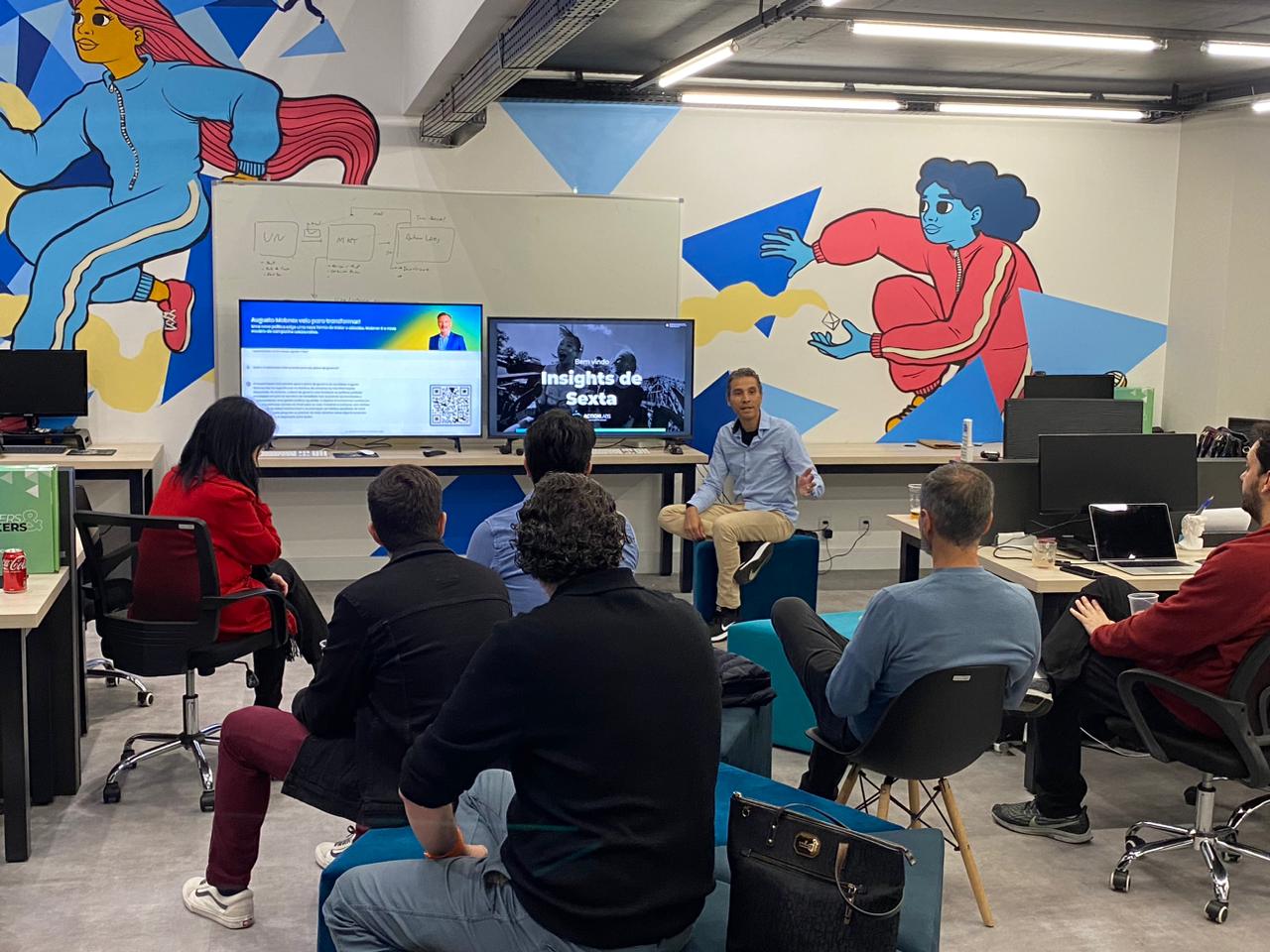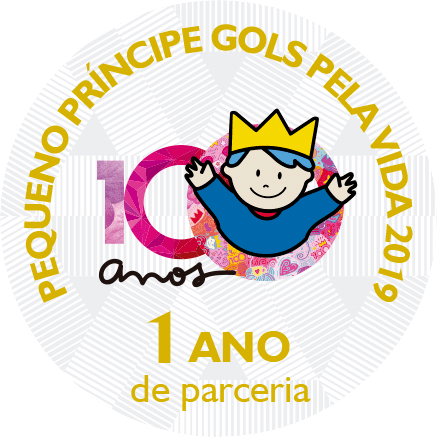When implementing new ideas or new resources to an application, most organizations cannot decide what strategy to use in order to develop a product, evaluate an idea and test its viability. When developing a project, what every company aims at, nevertheless, is the customer’s satisfaction. That is why it is important that initial ideas are transformed into real products and deliver a positive ROI.
Two strategies are fundamental for organizations to be able to approximate an initial idea to a final result, and consequently delivering what the customer really needs: Prototype and Proof of Concept (PoC). The dilemma between PoC and Prototype can sometimes lead to an incorrect choice. And when the company makes a wrong choice, this can have a bad impact on its budget, wasting effort, time and badly affecting business growth.
It is key to understand that these strategies can be used together or in an independent manner, depending on the project plan/script. Both approaches have their own characteristics, goals, operations and benefits. For you to understand the differences between them, we wrote this post. Check it out!
What is Proof of Concept, after all?
As the name suggests, a proof of concept is considered one of the best approaches for checking the viability of an idea in order to be implemented as an actual project. It is applied before the real development of the project to be launched into the market.
The development of a PoC begins with the implementation of a small stage of the product, with the objective of finding out if certain concepts can be applied (both in terms of business model and in terms of technical capacity).
The PoC is usually not published or made available to the customer. It can end up not being used, because its main focus is to prove if the fundamental idea is viable or not. It helps the company evaluate if the project will work perfectly based on the initial studies.
In short, we can say that Proof of Concept is a test to see if the idea will work or not. If the result is negative, the team will have time to make the necessary changes or even give up the project.
A PoC is usually done to represent a specific part of a system. This means that certain projects might need several PoCs so that different components can be analyzed. If it is successful, the project will go on to the next phase, on the contrary, it shall be redirected or even stopped.
If a PoC is positive, it increases the chances of receiving initial investment from the interested parties or, in other others, it will get more financial help for building prototypes. A PoC can be reused or not, totally safe and scalable, because it is used for validating the idea and its viability.
The main resources of a Proof of Concept are:
- it demonstrates viability and confirms potential;
- it shows a realistic implementation of a small portion of the whole system;
- it requires less cost and time for validating resources, in comparison to the full scale project;
- it gives shape to innovative ideas right from the start;
- it identifies errors, bugs and risks involved in the initial stage;
- it instantly gives a ‘‘yes’’ or ‘‘no’’ to the viability of your project.
When does a project need a proof of concept?
A PoC is necessary when you are not sure about the acceptance of your idea. It can be implemented when a company is studying the original idea or trying to reduce costs of a product that has already been done with high investment.
Whatever the reason might be, a PoC will provide you with the clear image of your idea being viable or not.
What is a prototype?
A prototype is nothing more than a sample or a model of a product that is made in order to test and simulate a concept. The goal of the prototype is to determine how a certain product will be made, what its design will be like and how the user experience will go.
It is an important step of the project, because it makes it possible for you to have an understanding about the work flows which are key for its execution, usability and identification of special features you might include in it.
It is an interactive model of the system, which helps users view the experience in a better way. Despite the fact that it is not an autonomous system, the prototype gives us a clear idea of what the product will be. It permits errors to be identified in the beginning of the process and so it avoids the bad snow ball effect.
Prototyping is a method for you to view how your product will work, and it also permits users to validate the product. It describes the flow and delivery of a comprehensive idea about the intended design and layout. A prototype usually includes wireframes, design layouts, mock-ups and user flows. It can be a functional, visual or user-experience prototype.
The main characteristics of a prototype are:
- it delivers an early feedback about the product;
- it permits you to identify errors in the design and development stages;
- it makes a better acceptance by users possible due to the visual effect;
- it delivers a smaller cost and more agility;
- it permits you to simplify complex ideas;
- it permits you to validate the app or system flow by users.
What are the main differences between both techniques?
Proof of Concept is a small project created for testing out if an idea or theory about a product can be implemented. If you do not know, for example, if a resource can be created, you test the viability of the idea by creating a PoC.
A PoC helps the company reduce costs, because this procedure makes it possible to know if the product or service potentially works, which reduces the need for rework. A PoC works like a small research that gives the company the green light to continue developing a product.
The purpose of the prototype and a PoC are the same: help the manager make decisions about the development of a product and reduce the number of errors. But the difference is that, while a PoC offers a model of just one aspect of the product, a prototype is a functioning model of several aspects.
The development team usually uses prototyping for finding out the errors of the system. When building a prototype, they test the design, usability and functionality of the product. The Proof of Concept is, on the other hand, less complete, because it can identify only one single problem.
The prototype and the Proof of Concept have their own unique set of features and it is up to the companies to choose which one of them fits them best for product development, or the one that best adapts to its current scenario.
Small and medium companies which do not have a budget to keep an internal innovation team can count on the consulting service provided by experts, so that the development of their prototype or Proof of Concept is 100% aligned to the expectations of the final customer.
Did you like this post? Do you want to know how to use prototyping or Proof of Concept in your own company? Get in contact with us and find out more!




